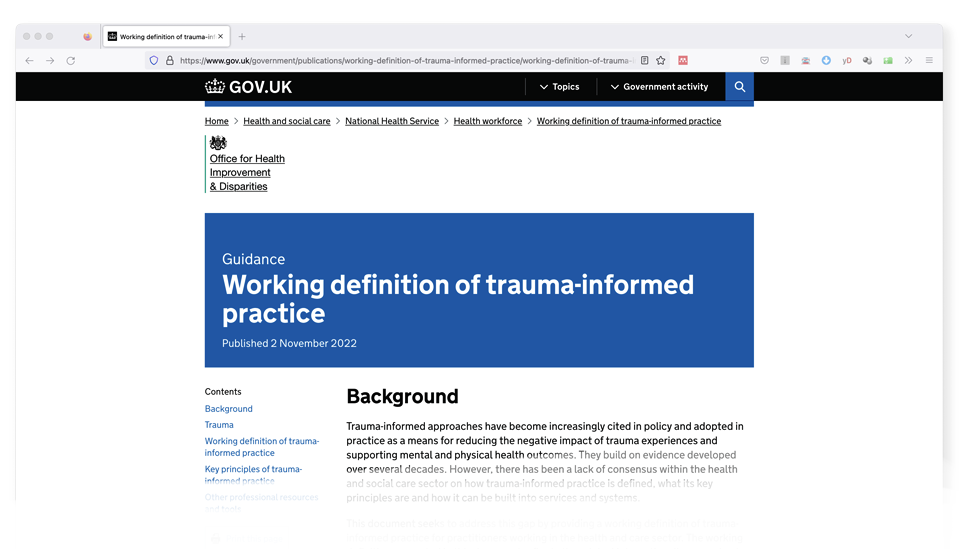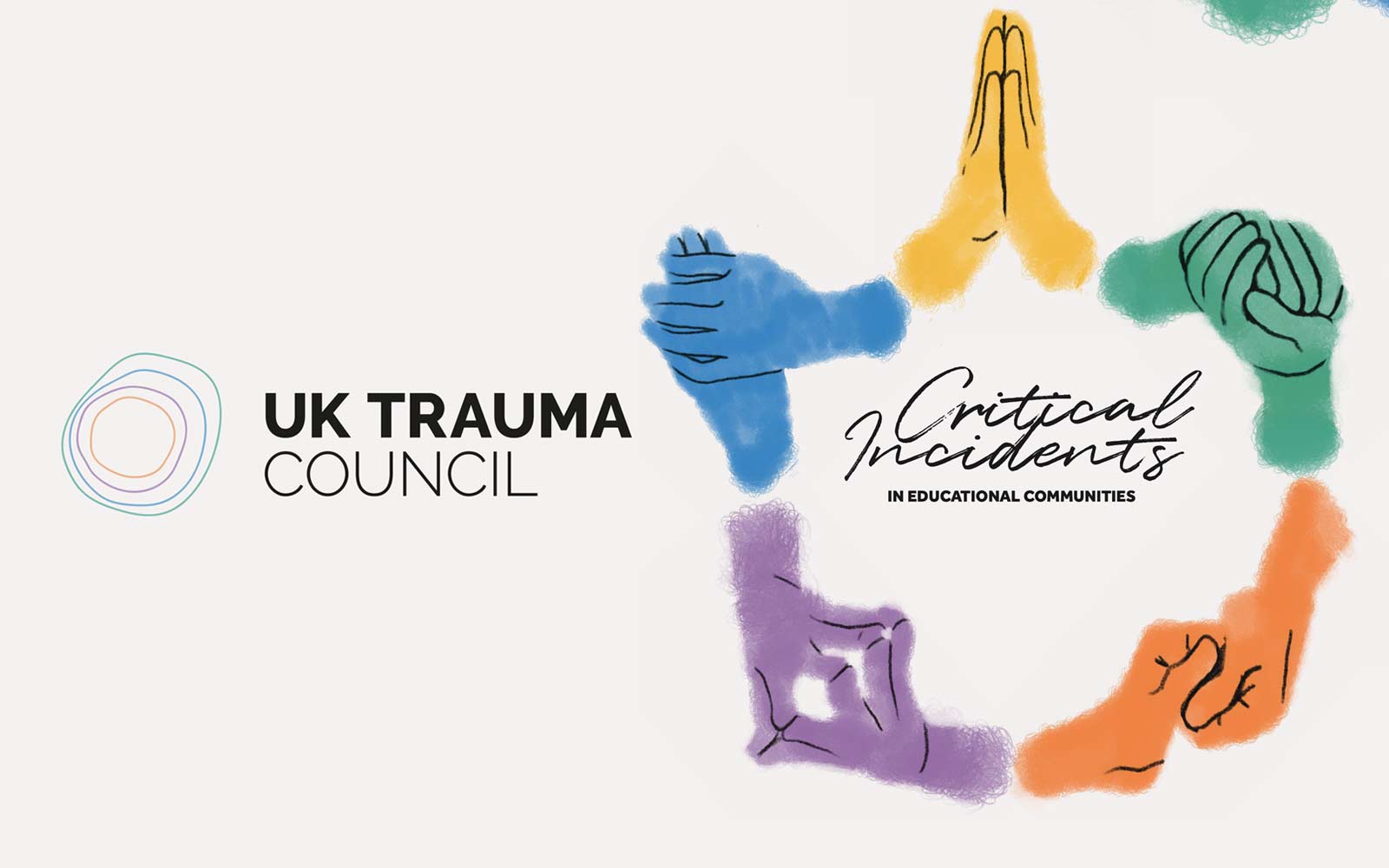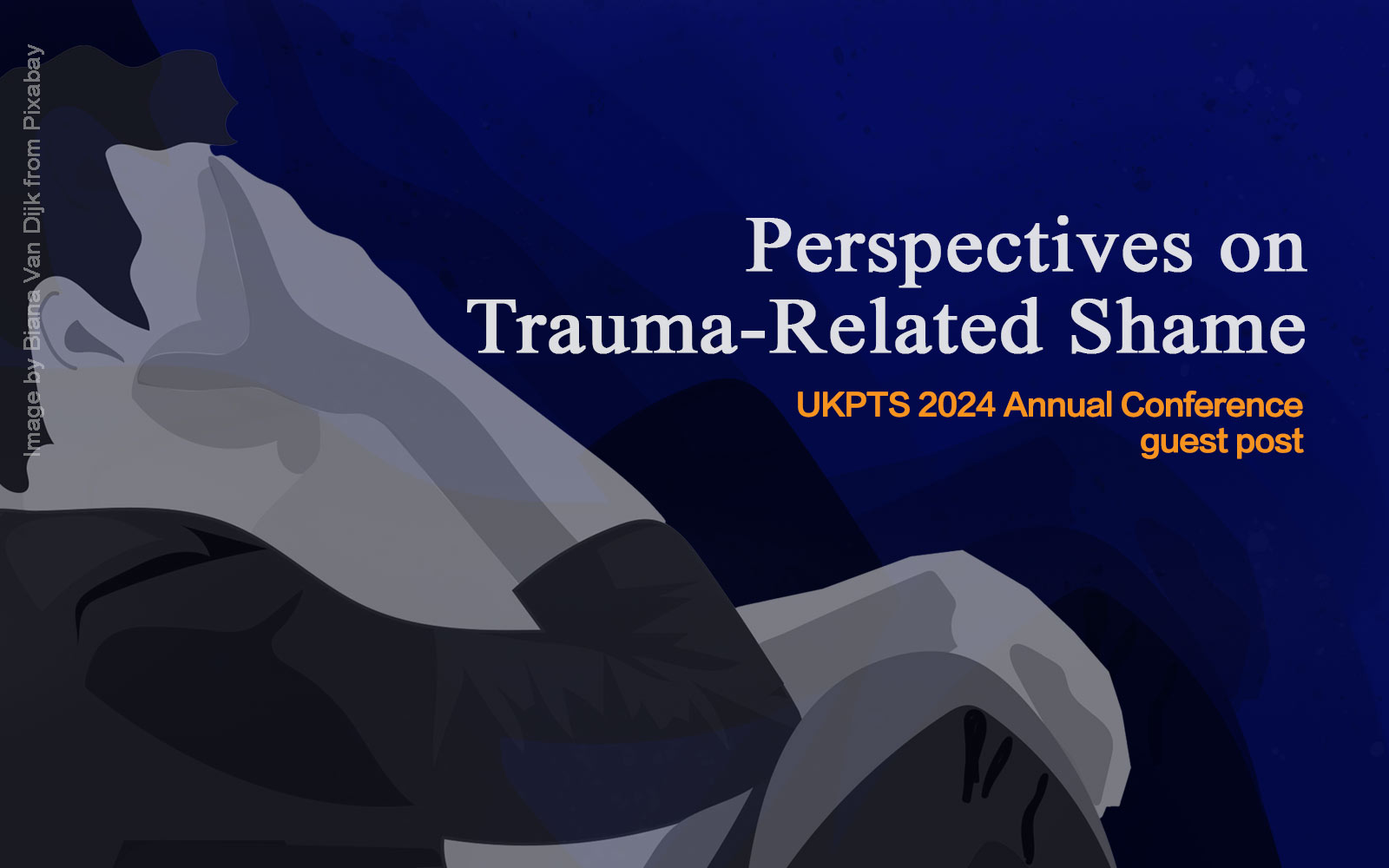Trauma-informed practice: a working definition
NEWS | Trauma-informed practice: a new working definition
The Office for Health Improvement & Disparities has for the first time released its working definition of trauma-informed practice.

The new guidelines released by the Office for Health Improvement and Disparities (OHID) in November 2022, are intended to provide clarity over the definition, key principles and integration of trauma-informed approaches in the health and social care sector.
The framework establishes a working definition of trauma-informed practice as:
- Realising the impact of trauma amongst individuals, groups and communities
- Recognising the various and widespread signs, symptoms and impact of trauma
- Preventing re-traumatisation
In addition, six key principles of practice are briefly outlined: safety, trust, choice, collaboration, empowerment, and cultural consideration.
The definition of trauma-informed practice is frequently cited as ‘a system development model that is grounded in and directed by a complete understanding of how trauma exposure affects a service user’s neurological, biological, psychological and social development’.1 In this, trauma-informed practice assumes an individual has come into contact with trauma, and views potential responses to any intervention or interaction through this lens, with an emphasis on creating an environment that fosters and develops safety and trust.2
The OHID work draws heavily on the principles and Four-Rs definition from the US Substance Abuse and Mental Health Services Administration (SAMHSA) and the Centers for Disease Control and Prevention (CDC). Whilst ‘Resist’ has been reworded as ‘Prevent’, there is currently no explicit reference to the SAMHSA ‘Respond’ element which lays out how an institution might implement appropriate trauma-informed procedures.
Responding to trauma and to working with the legacy of trauma requires courage, commitment and investment.
– Lisa Cherry
As part of the Department for Health and Social Care, the OHID definition covers England only. Separate frameworks are in place in other parts of the UK. In Scotland, the Trauma-Informed Practice: Toolkit has been produced as part of the National Trauma Training Programme (NTTP) introduced in 2018. Underpinned by the Scottish Government’s action on Adverse Childhood Experiences (ACEs), the NTTP aims to provide trauma-informed guidance and training across the country’s workforce. In Wales, the Trauma-Informed Wales Framework has also grown out of the country’s ACEs strategy and, like Scotland, sets out four defined practice levels ranging from trauma-aware through to specialist interventions. In Northern Ireland, the Safeguarding Board for Northern Ireland (SBNI) coordinates trauma-informed training and guidance.
According to Lisa Cherry, Director of Trauma Informed Consultancy Services, the new guidelines are an encouraging start, but there is still some way to go.
“The missing element of ‘respond’ is disappointing although not surprising,” she said. “Responding to trauma and to working with the legacy of trauma requires courage, commitment and investment as there are huge implications for prevention, policy and practice.
“While there are many services, systems and settings that are becoming trauma informed in a very strategic way, it is clear that using a trauma lens to view human responses to trauma is something that England is not quite ready to do. Yet. But I truly believe that we are firmly on that journey and it is only a matter of time.”
The OHID states the working definition for England “will be kept under review and updated where appropriate to reflect new evidence.”
References
- Paterson, B. (2014), “Mainstreaming trauma”, paper presented at the Psychological Trauma-Informed Care Conference, Stirling University, Stirling, 4 June, available at: www.stir.ac.uk/media/schools/nursing/ documents/Trauma14-Paterson-mainstreaming-trauma-workshop.pdf
- https://www.kingsfund.org.uk/blog/2019/11/trauma-informed-care



